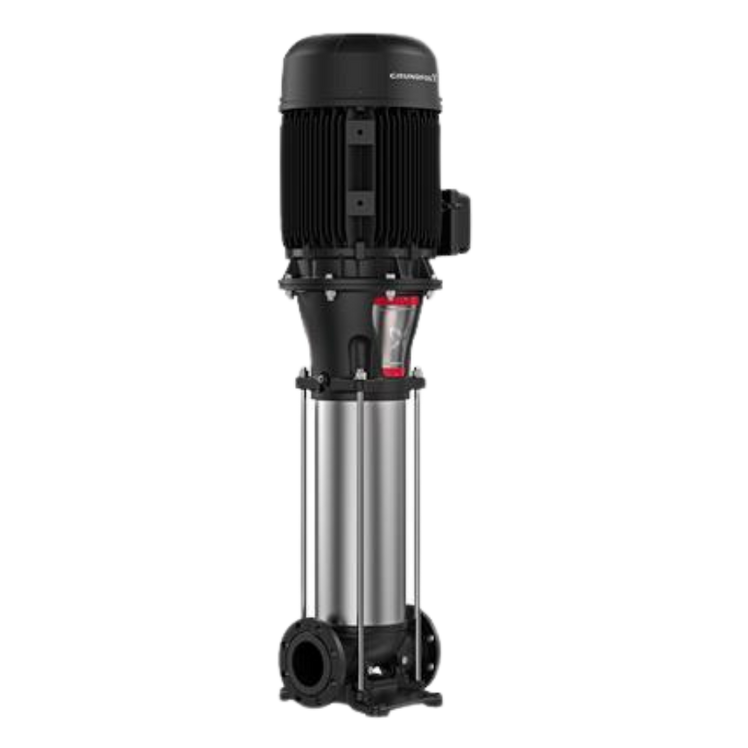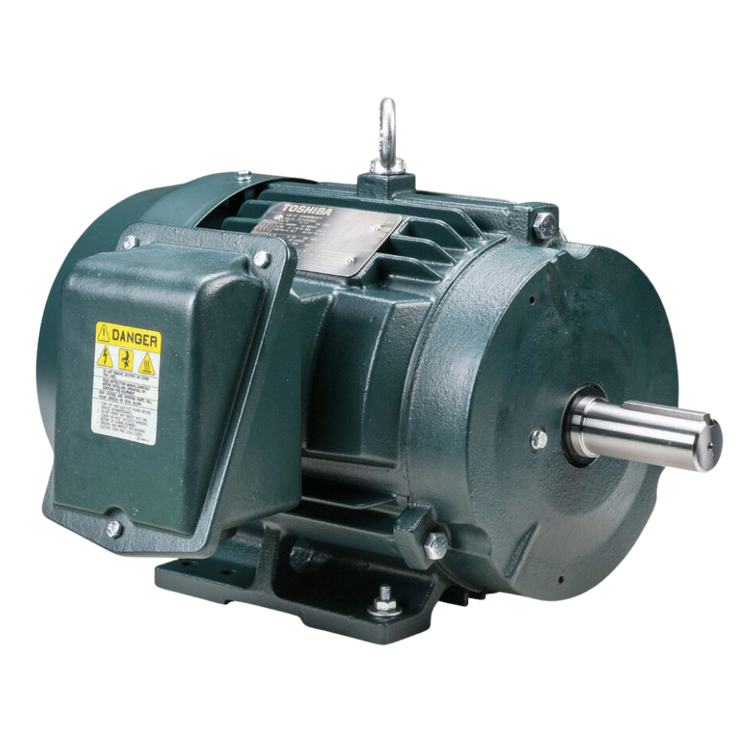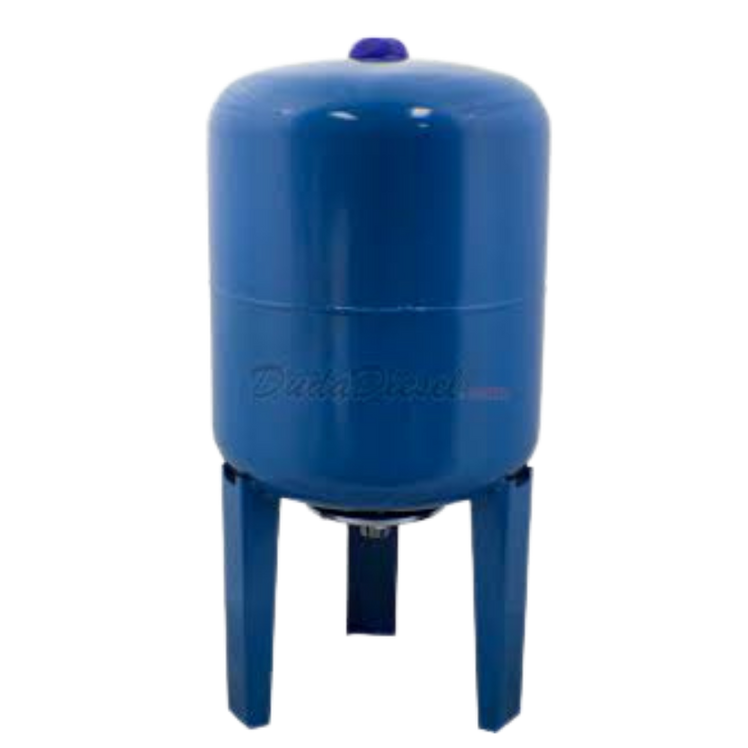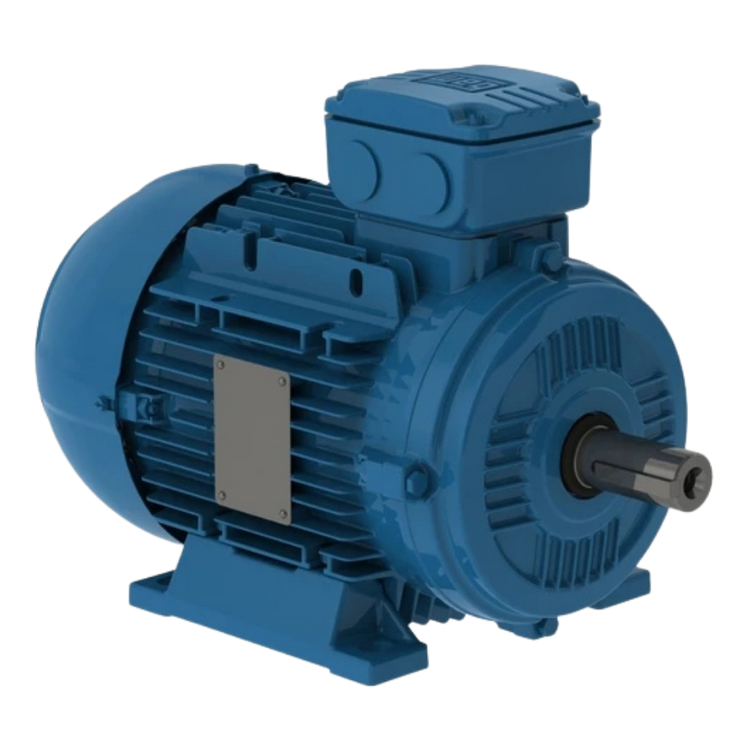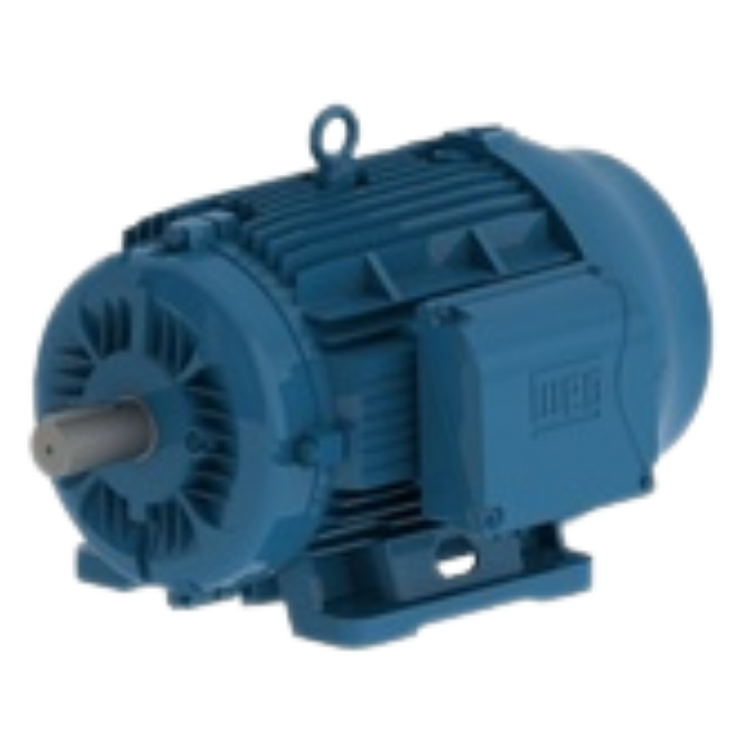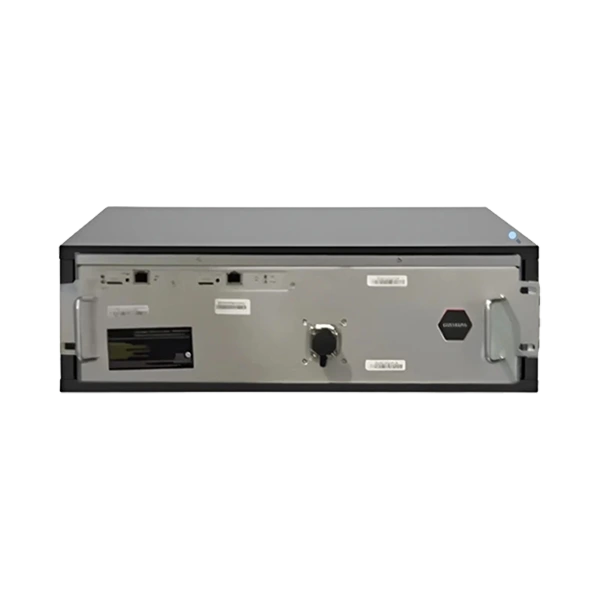




WHATSMINER M50 120TH
SKU: MIAM5028W120
$1,770.00 USD
Minimum Order Qty is 5
- Hashrate: 110Th
- Algorithum: SHA-256
- Power:: 3480W ± 5-10%
Out of stock
Want to be notified when this product is back in stock?
WHATSMINER M50 120TH
$1,770.00
Whatsminer M50 Features
The Future of Mining
The WHATSMINER M50 120TH Series is the latest generation of Asic Miners that are designed with advanced technology, improving operations and ensuring long-term operations for future mining. Industry-Leading Hash Rates, Reaching The next-generation achieves ± 3% TH/s leading the industry through performance. J/TH Power Efficiency. The has a power consumption of ± 5% W and power efficiency of J/TH, further improving the efficiency from its predecessor.
is An application-specific integrated circuit (ASIC) is an integrated circuit (IC) chip customized for a particular use, rather than intended for general-purpose use. For example, a chip designed to run in a digital voice recorder or a high-efficiency Bitcoin miner is an ASIC. Application-specific standard product (ASSP) chips are intermediate between ASICs and industry-standard integrated circuits like the 7400 series or the 4000 series. ASIC chips are typically fabricated using metal-oxide-semiconductor (MOS) technology, as MOS integrated circuit chips.
MicroBT is a manufacturer of cryptocurrency, blockchain, and artificial intelligence computing hardware, and also operates the world’s largest and second-largest Bitcoin mining pools according to the companies website.
As feature sizes for have shrunk and design tools improved over the years, the maximum complexity (and hence functionality) possible in an ASIC has grown from 5,000 logic gates to over 100 million. Modern ASICs often include entire microprocessors, memory blocks including ROM, RAM, EEPROM, flash memory, and other large building blocks. Such an ASIC is often termed an SoC (system-on-chip). Designers of digital ASICs often use a hardware description language (HDL), such as Verilog or VHDL, to describe the functionality of ASICs.
utilizes Field-programmable gate arrays (FPGA) are the modern-day technology for building a breadboard or prototype from standard parts[vague]; programmable logic blocks and programmable interconnects allow the same FPGA to be used in many different applications. For smaller designs or lower production volumes, FPGAs may be more cost-effective than an ASIC design, even in production. The non-recurring engineering (NRE) cost of an ASIC can run into the millions of dollars. Therefore, device manufacturers typically prefer FPGAs for prototyping and devices with low production volume and ASICs for very large production volumes where NRE costs can be amortized across many devices.
Early ASICs used gate array technology. By 1967, Ferrari and InterDesign were manufacturing early bipolar gate arrays. In 1967, Fairchild Semiconductor introduced the Micro matrix family of bipolar diode–transistor logic and transistor-transistor logic arrays.
Complementary metal-oxide-semiconductor (CMOS) technology opened the door to the broad commercialization of gate arrays. The first CMOS gate arrays were developed by Robert Lipp in 1974 for International Microcircuits, Inc.
utilizes a Metal-oxide-semiconductor standard cell technology was introduced by Fairchild and Motorola, under the trade names Micromosaic and Polycell, in the 1970s. This technology was later successfully commercialized by VLSI Technology and LSI Logic.
A successful commercial application of gate array circuitry was found in the low-end 8-bit ZX81 and ZX Spectrum personal computers, introduced in 1981 and 1982. These were used by Sinclair Research essentially as a low-cost I/O solution aimed at handling the computer’s graphics.
Customization occurred by varying a metal interconnect mask. Gate arrays had complexities of up to a few thousand gates; this is now called mid-scale integration. Later versions became more generalized, with different base dies customized by both metal and polysilicon layers. Some base dies also include random-access memory (RAM) elements.





Algorithm
SHA-256
Power Consumption
3480W ± 5-10%
Hashrate
110TH/S
Mineable Coins With Whatsminer M50
Bitcoin
Bitcoin Cash
Fully Managed Crypto Hosting
Leverage years of hosting expertise to maximize your crypto mining profitability with our proven solution
Techinical Specifications
Manufacturer: MicroBt
Model: Whatsminer M50
Hashrate: 110Th
Release Date: July 2022Th
Dimensions: 425mm (L) x 155mm (W) x 240mm (H) or 125mm (L)
Weight: 10.5Kg
Noise: 75-80 db
Power: 3480W ± 5-10%
Voltage: 12V
Interface: Ethernet
Temperature: 5--45 °C
Humidity: %
Warranty: Warranty
Introducing the Efficient WHATSMINER M50 120TH for Bitcoin Mining
Unlocking Robust Bitcoin Mining Performance with the WHATSMINER M50 120TH
The WHATSMINER M50 120TH stands as a powerful and efficient Bitcoin mining machine developed by MicroBT. Renowned for producing reliable and high-performance cryptocurrency mining hardware, MicroBT has engineered the WHATSMINER M50 120TH to deliver a substantial hash rate while maintaining competitive energy efficiency. This miner is a strong contender for both experienced mining farms and individuals looking to optimize their Bitcoin mining endeavors with dependable hardware.Year of Introduction: The WHATSMINER M50 120TH’s Market Entry
The WHATSMINER M50 series, including the WHATSMINER M50 120TH model, was released in the latter half of 2021. This timing is significant as it places the WHATSMINER M50 120TH within a generation of miners that focused on balancing increased hash rates with improved power efficiency amidst the growing demand and competition in Bitcoin mining. Understanding the release year helps miners gauge the technological advancements incorporated in the WHATSMINER M50 120TH compared to earlier and later models.Building on Innovation: Enhancements Over Previous Generations
Increased Hash Rate for Enhanced Mining Potential
The WHATSMINER M50 120TH represents a notable step up in hash rate compared to earlier models in the MicroBT lineup, such as the M30 series. While specific hash rates of predecessor models varied, the WHATSMINER M50 120TH offers a significant increase, typically achieving around 120 Terahashes per second (TH/s). This higher hash rate directly correlates with a greater capacity to perform the calculations required to mine Bitcoin, thereby increasing the miner’s chances of successfully finding new blocks and earning Bitcoin rewards. For mining operations, this upgrade translates to the potential for higher revenue generation from each unit of hardware.Improved Energy Efficiency for Cost Optimization
A crucial advancement in the WHATSMINER M50 120TH is its enhanced energy efficiency. Measured in Joules per Terahash (J/TH), the WHATSMINER M50 120TH typically demonstrates a lower energy consumption per unit of hashing power compared to earlier Whatsminer generations. This improvement in efficiency is vital for reducing electricity costs, which constitute a significant portion of the operational expenses in Bitcoin mining. By achieving a higher hash rate with a more efficient power usage, the WHATSMINER M50 120TH allows miners to operate more profitably, especially in regions with higher electricity prices.Advanced Cooling System for Stable Operation
The WHATSMINER M50 120TH is equipped with an optimized air-cooling system designed to effectively dissipate the heat generated by its high-performance ASIC chips. Efficient heat management is critical for maintaining the stability and longevity of mining hardware. The upgraded cooling solution in the WHATSMINER M50 120TH ensures that the miner operates within optimal temperature ranges, preventing overheating and sustaining consistent performance even under continuous operation. This robust cooling contributes to the overall reliability of the WHATSMINER M50 120TH.Refined Control System and Firmware for Enhanced Management
The WHATSMINER M50 120TH often features an updated control board and firmware, offering improved stability, enhanced monitoring capabilities, and a more user-friendly interface for managing the miner. These advancements allow operators to have greater control over their hardware, optimize settings for their specific mining environment, and diagnose potential issues more efficiently. The refined firmware of the WHATSMINER M50 120TH contributes to a smoother and more reliable mining experience, minimizing downtime and maximizing operational efficiency.Key Product Specifications of the WHATSMINER M50 120TH and Their Significance in Bitcoin Mining
Hash Rate: Approximately 120 TH/s
The hash rate, measured in Terahashes per second (TH/s), is the primary indicator of a Bitcoin miner’s computational power. A hash rate of 120 TH/s means the WHATSMINER M50 120TH can perform 120 trillion SHA-256 calculations every second. This high processing capacity directly influences the miner’s ability to compete on the Bitcoin network and increases the likelihood of successfully mining new blocks and earning the associated Bitcoin rewards. A strong hash rate is paramount for profitability in Bitcoin mining, making the WHATSMINER M50 120TH a competitive option.Power Consumption: Approximately 3400W
Power consumption, typically measured in Watts (W), indicates the amount of electrical energy the WHATSMINER M50 120TH requires during operation. A power consumption of around 3400W is significant and highlights the energy-intensive nature of high-performance Bitcoin mining. Understanding the power consumption is essential for miners to accurately calculate their electricity costs, which form a major part of their operational expenses. Balancing a high hash rate with manageable power consumption, as achieved by the WHATSMINER M50 120TH, is crucial for maximizing profitability.Power Efficiency: Approximately 28 J/TH
Power efficiency, measured in Joules per Terahash (J/TH), is a critical metric that reflects how effectively a miner converts electrical energy into hashing power. A power efficiency of approximately 28 J/TH for the WHATSMINER M50 120TH indicates a relatively efficient design, meaning it consumes less energy for each unit of hashing power compared to less efficient models. Lower J/TH values are highly desirable as they translate to lower electricity costs per Bitcoin mined, directly impacting profitability and the overall cost-effectiveness of the mining operation. The power efficiency of the WHATSMINER M50 120TH is a key factor in its appeal.Chip Type: Custom ASIC (Likely 7nm or similar)
The WHATSMINER M50 120TH utilizes custom-designed Application-Specific Integrated Circuit (ASIC) chips. These chips are specifically engineered for the SHA-256 algorithm, which is the cryptographic hash function used by the Bitcoin network. ASICs are significantly more efficient at this specific task compared to general-purpose processors (CPUs) or graphics processing units (GPUs), making them the standard for competitive Bitcoin mining. The advanced ASIC technology within the WHATSMINER M50 120TH is what enables its high hash rate and relatively efficient power consumption.Cooling System: Air-Cooled with High-Performance Fans
The WHATSMINER M50 120TH employs an air-cooling system, typically featuring multiple high-performance fans, to dissipate the heat generated by the ASIC chips during operation. An effective cooling system is essential for maintaining the miner’s optimal operating temperature, preventing performance degradation, and extending its lifespan. The robust cooling solution in the WHATSMINER M50 120TH ensures stable and reliable operation, even under continuous high-load conditions, which is crucial for maximizing mining uptime and profitability.Noise Level: Approximately 75 dB
The noise level, measured in decibels (dB), indicates the sound produced by the miner during operation, primarily from its cooling fans. A noise level of around 75 dB is typical for high-performance ASIC miners like the WHATSMINER M50 120TH. This level of noise can be significant and is an important consideration for miners when choosing a location for their equipment. Proper soundproofing or placement in dedicated mining facilities is often necessary to mitigate noise pollution. While not directly impacting mining performance, noise level is a practical factor for operational comfort and regulatory compliance.Operating Temperature: -5 – 40 °C
The operating temperature range specifies the environmental conditions under which the WHATSMINER M50 120TH is designed to function optimally. A typical range of -5 to 40 °C highlights the need for a controlled environment to ensure stable and efficient operation. Extreme temperatures can negatively impact the miner’s performance and potentially cause damage. Maintaining the WHATSMINER M50 120TH within its recommended operating temperature range is crucial for its reliability and longevity.Connectivity: Ethernet
The WHATSMINER M50 120TH connects to the network via an Ethernet port. A stable and reliable network connection is essential for Bitcoin mining, as the miner needs to communicate constantly with the mining pool and the Bitcoin network to receive work and submit results. Ethernet connections provide the necessary bandwidth and stability for uninterrupted mining operations, ensuring that the WHATSMINER M50 120TH can effectively contribute its hashing power and receive rewards.Dimensions and Weight: Approximately 486 x 388 x 265 mm, 12.8 kg
The physical dimensions and weight of the WHATSMINER M50 120TH are important considerations for setting up and managing a mining operation, especially when deploying multiple units. These specifications affect factors such as rack space requirements, transportation logistics, and overall facility planning. The relatively compact size and weight of the WHATSMINER M50 120TH can be advantageous for miners with space constraints or those needing to move equipment. Understanding these physical attributes is crucial for efficient deployment and management.The Importance of Technical Specifications in Bitcoin Mining Success
A thorough understanding of the WHATSMINER M50 120TH’s technical specifications is paramount for achieving success in Bitcoin mining. The hash rate directly dictates the potential for revenue generation, while power consumption and efficiency determine the operational costs. A miner with a high hash rate but poor energy efficiency may not be profitable in the long run, especially as Bitcoin mining difficulty increases and electricity prices fluctuate. The cooling system ensures the miner’s reliability and longevity, while connectivity ensures it can effectively participate in the mining network. By carefully evaluating these specifications, miners can make informed decisions about their hardware investments and optimize their operations for maximum profitability in the dynamic world of Bitcoin mining. The WHATSMINER M50 120TH offers a strong balance of performance and efficiency, making it a valuable asset for Bitcoin mining endeavors.Final Thoughts on the WHATSMINER M50 120TH
The WHATSMINER M50 120TH stands as a robust and efficient Bitcoin mining solution, released in 2021 by MicroBT. Its impressive hash rate of around 120 TH/s, coupled with a competitive power efficiency, positions it as a strong contender in the Bitcoin mining hardware market. The improvements over previous generations in hash rate, energy efficiency, and cooling contribute to its overall effectiveness and profitability. By carefully considering its key specifications, miners can leverage the capabilities of the WHATSMINER M50 120TH to enhance their mining operations and strive for success in the decentralized landscape of cryptocurrency.Ready to Buy
WHATSMINER M50 120THs
- Payment Policy
- Processing & Shipping
- Volume Dicsounts
- We accept payments via Wire Transfer through banks, cryptocurrency (Bitcoin, Ethereum), or stable coins (USDC, USDT).
- All prices on our website are listed in US Dollars.
Due to the volatile nature of cryptocurrencies, the exact amount to be paid for WHATSMINER M50 120THs’ will be in USD and require conversion at time of purchase. - Please note: All WHATSMINER M50 120THs’ are subject to market fluctuations
- All WHATSMINER M50 120TH Orders are dispatched after purchase is finalized, typically shipping within 10 Business days from the warehouse. Bulk orders may require an additional 1-2 days.
- International WHATSMINER M50 120TH deliveries typically take 5-14 business days to arrive on site in the USA.
- All WHATSMINER M50 120TH sales are final and non-refundable.
- For volume discount, pricing and availability of WHATSMINER M50 120THs’, contact us at sales@miningstore.com or Click Here get a quote on your preferred miner.

